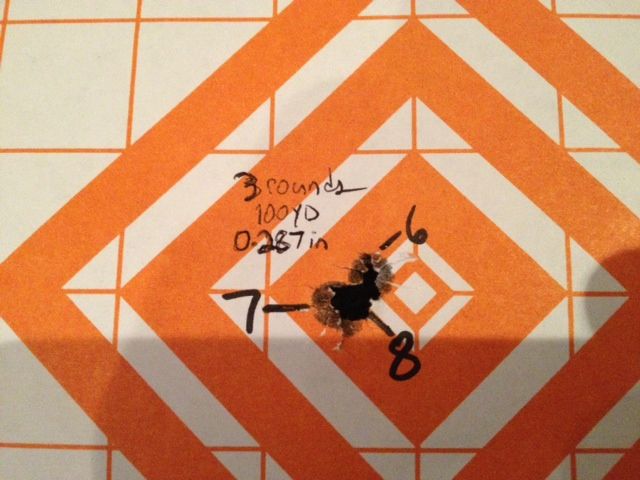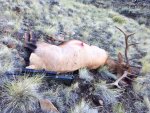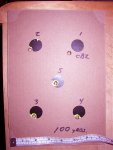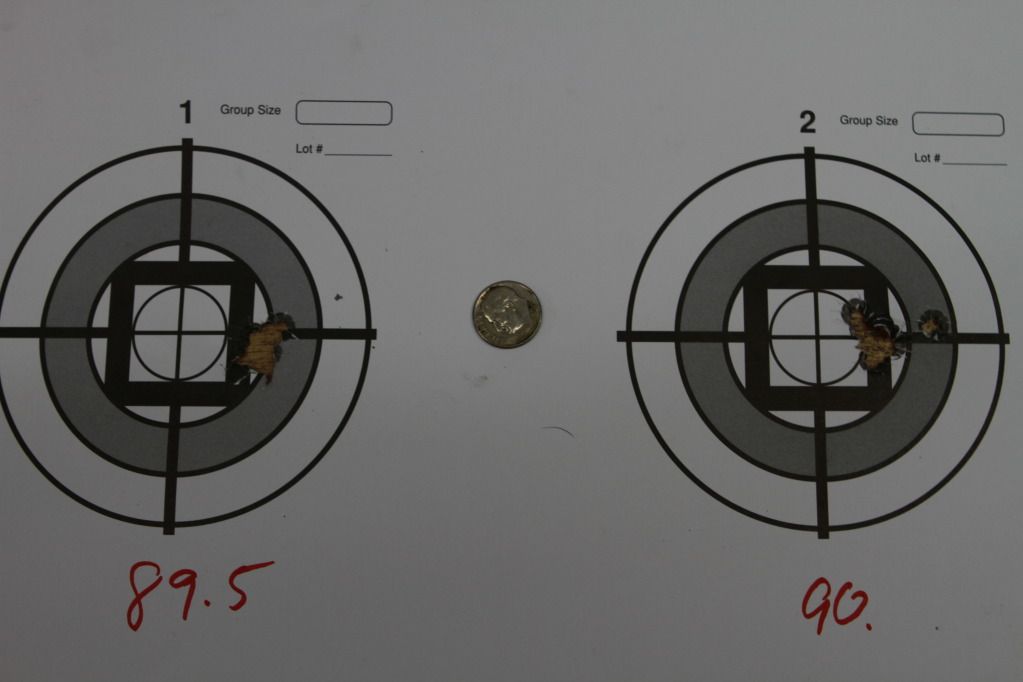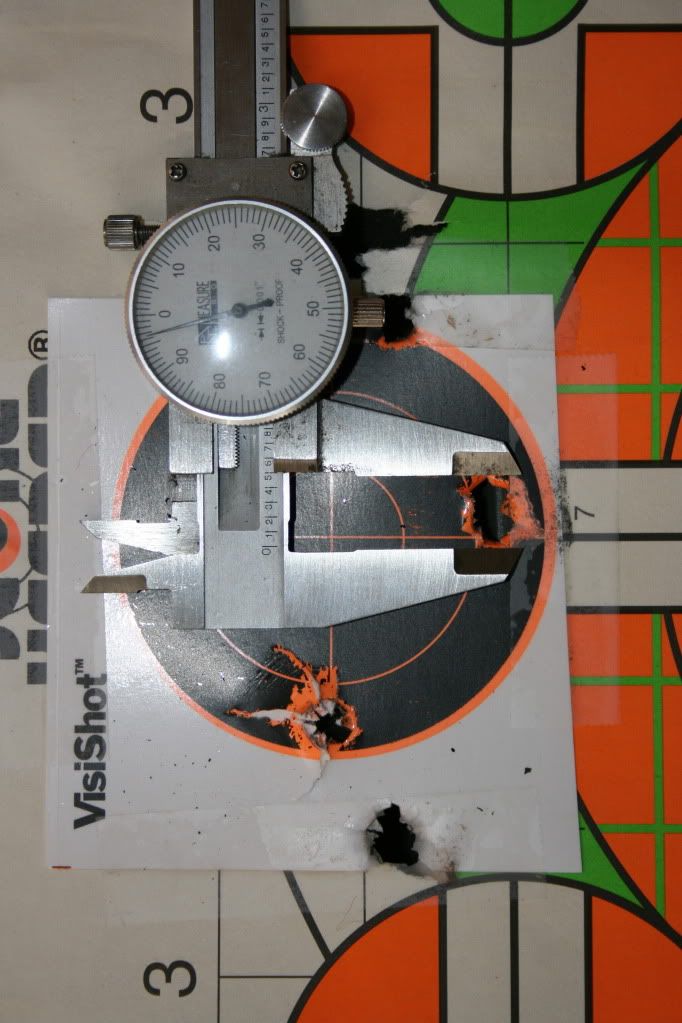At the risk of taking on folks with truly far superior knowledge on this, I just read a very informative section in Bryan Litz's "Applied Ballistics for Long Range Shooting." I will paraphrase the pertinent part here.
He is speaking of Sg, or Gyroscopic Stability of bullets. The twist rate of a barrel is important in relation to the weight of a bullet, as the heavier bullets in a caliber are longer than the lighter ones. Being longer, the forces working on the bullet in flight that affect its stability require a faster twist rate to stabilize it. As the bullet flies, the velocity bleeds of faster than the speed of twist does, so the bullet essentially becomes more gyroscopically stable as it flies further down range. If you have a bullet that is heavy for the twist rate of the rifle, the bullet may be marginally stabilized immediately upon leaving the rifle barrel. It may then be more subject to "some amount of pitching and yawing until the Sg improves enough (through loss of velocity) to restore point forward flight." This, he says is often referred to the "bullet going to sleep."
This indicates that the salesman does not understand the principle of Sg. In practice, if the twist rate is matched well to the bullet used, this "going to sleep" is much less of a factor than many believe, and remains true regardless of the caliber or cartridge used. It is not related to, say 338LM's any more or any less than it is to say 22-250's. The Sg factor needs to be used to match any weight bullet in any caliber to the correct twist rate in the barrel.
Thanks, Bryan Litz, for making this clearer to me, and I hope that I have adequately passed on what you have written.

